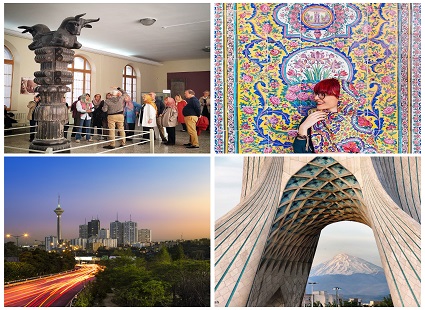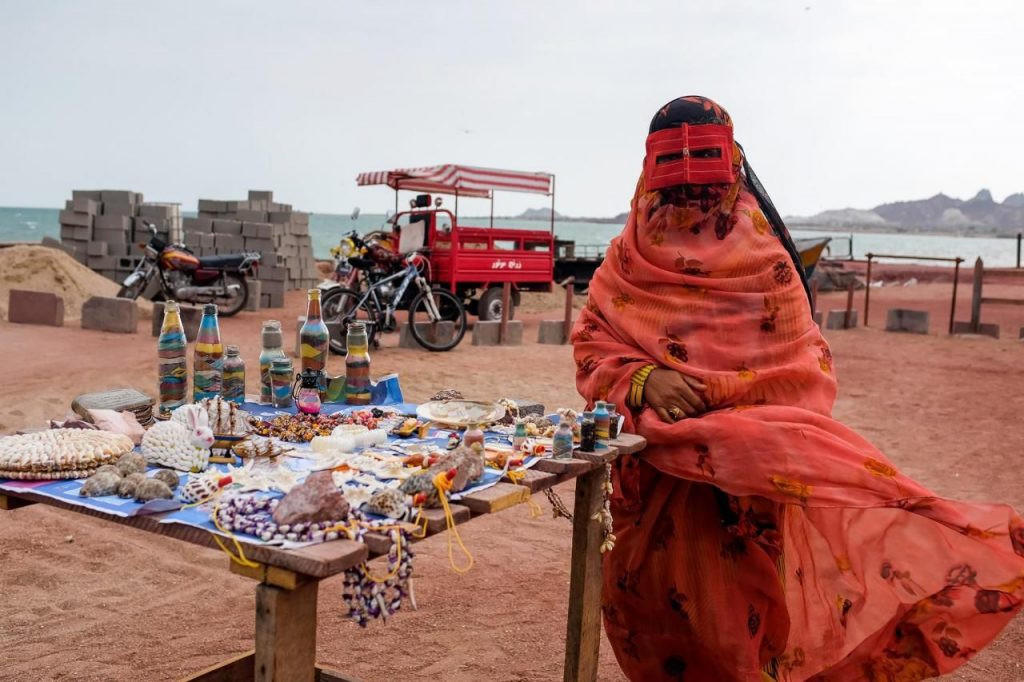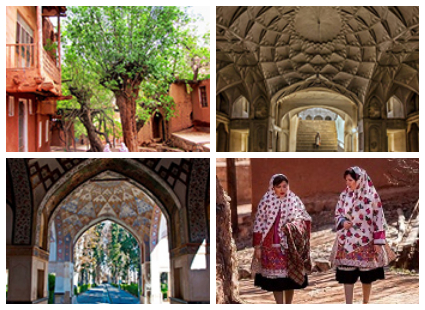Iran Dress Code
Translations:
-
Iranians are welcoming and will understand any unintended breach of protocol. Some mosques, and most holy shrines, require women to be wearing a chādor before entering the complex. you will be given a “Chadur” (hijab) on the entrance. Shoes are not worn within prayer areas of a mosque or shrine. Crowded mosques have free shoe repositories where you trade your shoes for a token. Holy shrines, like those in Mashad and Qom, are usually off-limits to non-Muslims, although the surrounding complexes are usually OK. And, in the end, the best way to choose the appropriate cover in Iran is to watch how women and girls are dressing and imitating it.
-
For men, wearing shorts in public places is not acceptable. For women, the hair, and body should be covered. Women in Iran usually use non-tight long-sleeved manteau or tonics. it is better not to use tight clothing. The hands should be worn to the wrists, although these days 3/4 sleeves are also common. The legs should be worn; tight pants are acceptable. no need to worn your feet by wearing socks. You can also use sandals. The hair should be covered with a scarf, hat, or cap. It is usual that some parts of your hair remain out of the cover and it is acceptable. Dyed hair and polished nails are also not a problem. Women in Iran use cosmetics and it is not prohibited.
-
There are some rules and dress codes that are good to consider before packing your baggage to Iran. But there is no need to worry about these rules. Since tourists are considered to be guests in Iran, they will not be hardened on how to dress, Ultimately, no one will penalize you for not complying accidentally with these rules. Only you may be reminded in a friendly way to observe your hijab. These rules only include public places (streets, hotel lobbies, restaurants, markets ...). There is no restriction and limitation for the color you choose to wear, you can use happy and bright colors in your outfit.





.jpg)
.jpg)
.jpg)
.jpg)
.jpg)

.jpg)
.jpg)
.jpg)
.jpg)
.jpg)

.jpg)
.jpg)
.jpg)
.jpg)
.jpg)
